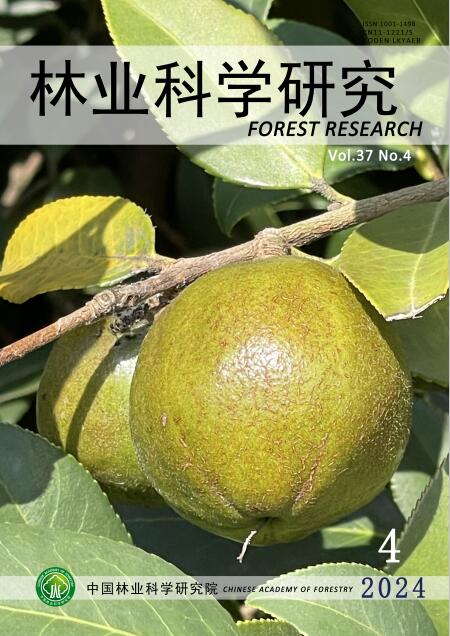常见林木:传统和药理用途综述
Q4 Agricultural and Biological Sciences
引用次数: 0
摘要
几千年来,森林植物是很好的药材来源。植物及其产品一直是食品和药品的主要来源;许多现代药物已被分离出来,用于服务于生物世界。印楝因其药用活性已被使用了4000多年。这种树被认为是天然杀虫剂和杀虫剂的潜在来源。胶囊、片剂、面霜、肥皂、洗发水和其他有用的产品都是从这种树的茎、根、叶和幼果中提炼出来的。凤仙花(karanj)因其治疗多种疾病的传统医学体系而为人类社会所认可。传统上,这棵树的所有部分都被用作支气管炎,风湿病,腹泻,百日咳,淋病,麻风病等的固化剂。蜜橘俗称“bel”,是一种芳香植物,深受人们的喜爱。这种植物的叶子被许多研究人员报道为许多化学成分和各种治疗产品的主要来源。其他部分也被记录为产生化合物,如;萜类,生物碱,香豆素,脂肪酸和氨基酸。在本次审查中,有三种常见的森林植物因其传统和药理活性而被记录下来,例如;具有神经保护和肝脏保护作用,抗肿瘤、降糖、抗病毒、抗炎、解热镇痛、抗疟、抗菌活性。本文章由计算机程序翻译,如有差异,请以英文原文为准。
A Review on Common Forest Trees: Traditional and Pharmacological uses
Forest plats are good source of medicinal agent for thousands of years. Plants and their products have been the primary resource of food and medicines; a number of modern drugs have been isolated used to serve the living world. Azadirachta indica has been used as more than 4000 years due to its medicinal activity. This tree considered as a potential source of naturally occurring insecticide and pesticide. Capsules, tablets, creams, soaps, shampoos and other useful products are developed from the stems, roots, leaf and young fruits of the tree. Pongamia pinnata (karanj) well recognized to human society for its traditional system of medicine used against many diseases. All parts of this tree are traditionally used as curing agent of for bronchitis, rheumatism, diarrhoea, whooping cough, gonorrhoea, leprosy and many more. Aegle marmelos commonly known as bel is highly appreciated as aromatic plant. Leaf of this plant is reported as principal source of many numbers of chemical constituents and various therapeutic products by many researchers. Other parts are also recorded for producing compounds like; terpenoids, alkaloids, coumarins, fatty acids and amino acids. The present review, three common forest plants were documented for their traditional and pharmacological activity such as; neuroprotective and hepatoprotective effect, antitumor, antidiabetic, antiviral, anti-inflammatory, antipyretic analgesic, antimalarial, antimicrobial activities.
求助全文
通过发布文献求助,成功后即可免费获取论文全文。
去求助
来源期刊

林业科学研究
Environmental Science-Ecology
CiteScore
0.90
自引率
0.00%
发文量
4834
期刊介绍:
Forestry Research is a comprehensive academic journal of forestry science organized by the Chinese Academy of Forestry. The main task is to reflect the latest research results, academic papers and research reports, scientific and technological developments and information on forestry science mainly organized by the Chinese Academy of Forestry, to promote academic exchanges at home and abroad, to carry out academic discussions, to flourish forestry science, and to better serve China's forestry construction.
The main contents are: forest seeds, seedling afforestation, forest plants, forest genetic breeding, tree physiology and biochemistry, forest insects, resource insects, forest pathology, forest microorganisms, forest birds and animals, forest soil, forest ecology, forest management, forest manager, forestry remote sensing, forestry biotechnology and other new technologies, new methods, and to increase the development strategy of forestry, the trend of development of disciplines, technology policies and strategies, etc., and to increase the forestry development strategy, the trend of development of disciplines, technology policies and strategies. It is suitable for scientists and technicians of forestry and related disciplines, teachers and students of colleges and universities, leaders and managers, and grassroots forestry workers.
 求助内容:
求助内容: 应助结果提醒方式:
应助结果提醒方式:


